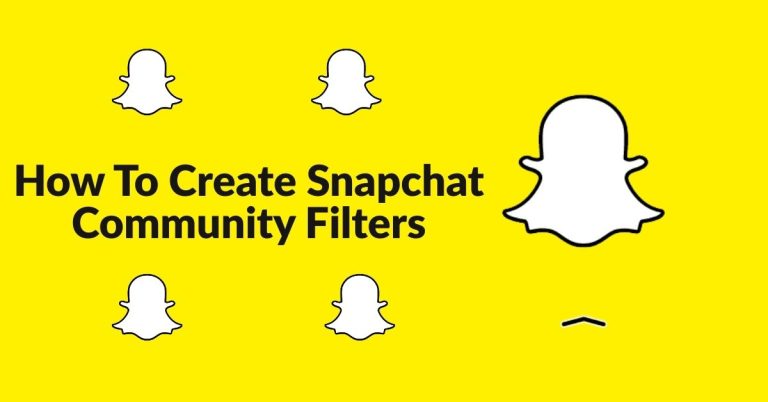Streaks without Burnout: A Notification Playbook for Snapchat Power Users
Keeping a Snapchat streak alive feels simple at first: send one snap a day. In reality, most people eventually hit the same wall. You either spam low-effort snaps all day, feel guilty when you miss one, or get overwhelmed by constant notifications. Maintaining streaks should build connection, not pressure. To make streaks sustainable, you need a strategy that balances consistency, clarity, and healthy social media habits.
This guide goes deeper than typical “just remember” tips. It blends behavior-design research with Snapchat’s best-friend ranking logic to build a light-touch routine. You’ll learn how to choose daily windows, batch sends, use low-bandwidth snaps, and design reminders that feel supportive instead of stressful. The result: streaks stay alive with minimal pings and no burnout.
Why most Snapchat streak tips fail
Most advice ignores how the brain handles notifications. Every alert demands attention—even if you don’t open it. Studies on digital focus show that people switch attention on screens roughly every 47 seconds on average, and frequent interruptions increase stress and reduce performance. Instead of reacting to notifications all day, power users build a routine.
A simple two-window approach—one in the morning, one in the evening—covers the 24-hour timer without reactive checking. For example:
- Morning: send quick snaps while getting ready for the day.
- Evening: review and respond when you’re relaxed.
This creates predictability. Your brain associates specific times with streak maintenance, reducing panic-scrolling. It also supports healthier social media habits.
Pair the action with another activity
You can also use other enjoyable activities to prompt yourself to send a Snap. If you’re conscious about your screen time and trying to create dedicated moments for it, rather than letting it infiltrate your full day, this can be a particularly helpful approach. Associate your Snapchat action with another activity you enjoy, and you’ll never find it a chore again.
For example, let’s say you enjoy mobile games like poker. You might decide you want to play poker in the evenings, when you’re unwinding and finishing off your day. This is the best way to ensure you get leisurely, uninterrupted games and have the ability to focus properly on challenges like bluffing and reading other players.
Build your Snapchat routine into your mobile poker routine. Before you open the poker game, make a habit of checking Snapchat first. A streak routine only works if each step feels effortless, so join it onto another activity you enjoy, and you’ll have a magic recipe for never forgetting. Plus, checking back in on Snapchat can make a nice break in between mobile poker hands, allowing you a change of pace and requiring you to use a different kind of mental energy.
Use weekly anchors to prevent streak drift
The next step is anchoring behavior to predictable moments, and poker can help you here too – perhaps in surprising ways. Snapchat doesn’t always give you a consistent reminder window, which is why many streaks get broken during schedule changes or weekends. However, if you have another routine, such as a weekly poker night, you can use this to structure your routine. This weekly “Triple Header Every Sunday” post on Instagram demonstrates how this can work because it happens at the same time every week, creating an effortless mental cue.
The notification checklist
Instead of letting Snapchat decide when to warn you, it’s also a good idea to control the inputs yourself:
- Limit alerts to one daily reminder. Turn off streak-specific notifications and set a single phone reminder aligned with your window, whether that’s a morning check-in or an evening session attached to another enjoyable experience.
- Batch all snaps at once. Open streak friends, send quick snaps in sequence, and close the app.
- Use low-bandwidth snaps. A blank screen with text or a quick object shot maintains the timer without pressure.
- Set a 2-minute cap per session. Time-boxing enforces intention and makes actually doing it less daunting.
- Use silence outside windows. Focus Mode or Do Not Disturb protects your attention and reduces the sense of this being a chore.
This is often called “bounded engagement”—you define limits so the platform serves your goals.
Optimize feedback timing to reduce anxiety
Streaks can trigger over-checking because the “🔥” and hourglass appear unpredictably. According to Snap, a Streak continues only when both users send a photo or video Snap within 24 hours. Chat messages alone do not count. When the hourglass appears, it simply means the timer is running out—not that the friendship is at risk.
To reduce stress:
- Only assess streaks during your windows.
- Avoid checking mid-day, when rank shifts are most likely.
- Treat the hourglass as a reminder, not a crisis.
Best Friend ranks update based on recent relative interaction, and only up to eight people can appear there. Remember that movement is normal and not always tied to connection strength. Controlling when you see this kind of feedback gives you more control over your reaction and reduces the sense of stress you might otherwise feel.
Troubleshooting common streak issues
Streak breaks often: Re-check your windows—are they tied to reliable activities?
Ranks keep dropping: Best Friend status is relative. Focus on consistency, not icons.
Notification fatigue: Mute Snapchat notifications and rely on your single scheduled reminder.
Friends send at random times: Share your routine—most people appreciate structure.
This is the difference between habit design and habit pressure.
Create a lightweight weekly planner
Visual structure makes consistency effortless. Build a simple grid with morning and evening slots across seven days. Highlight your two “quiet windows” where you maintain streaks. Do not skip a day—each person must send at least one photo or video Snap every 24 hours to keep the streak alive.
This planner turns maintenance into a habit loop: cue, action, reward. You’re now using the same behavioral loop Snapchat uses—but intentionally.






